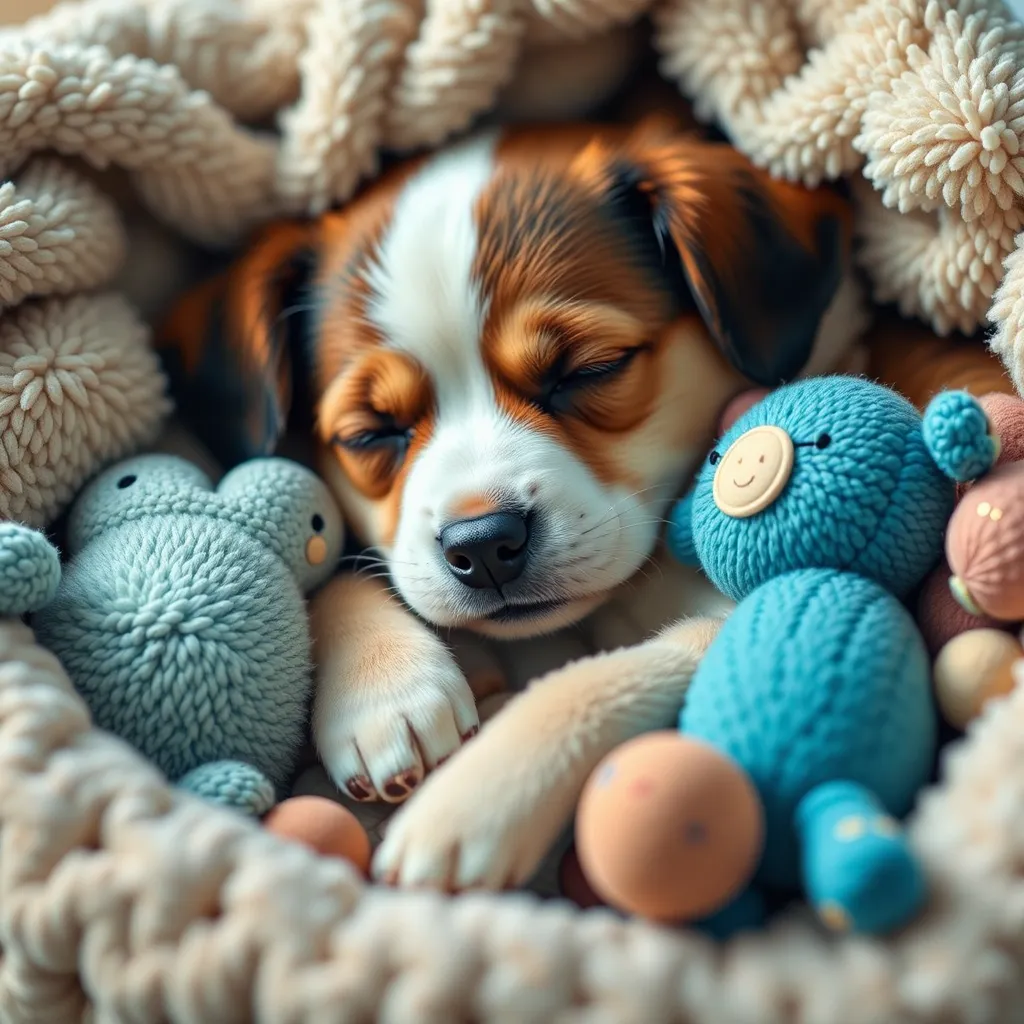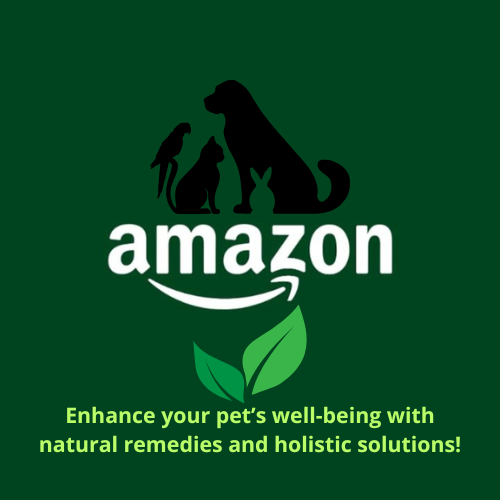Indoor cats, while often pampered, can experience stress and boredom. A stimulating, safe environment is crucial for their physical and mental well-being. This article explores how to create a haven for your feline friend using natural elements, promoting calmness and enriching their lives. We’ll delve into the benefits of specific plants, natural toys, and design considerations to transform your cat’s indoor space into a purrfect paradise.
(Image 1: A cozy cat bed nestled amongst potted cat-safe plants, with natural light streaming in. Style: Bright and airy, focusing on natural textures.)
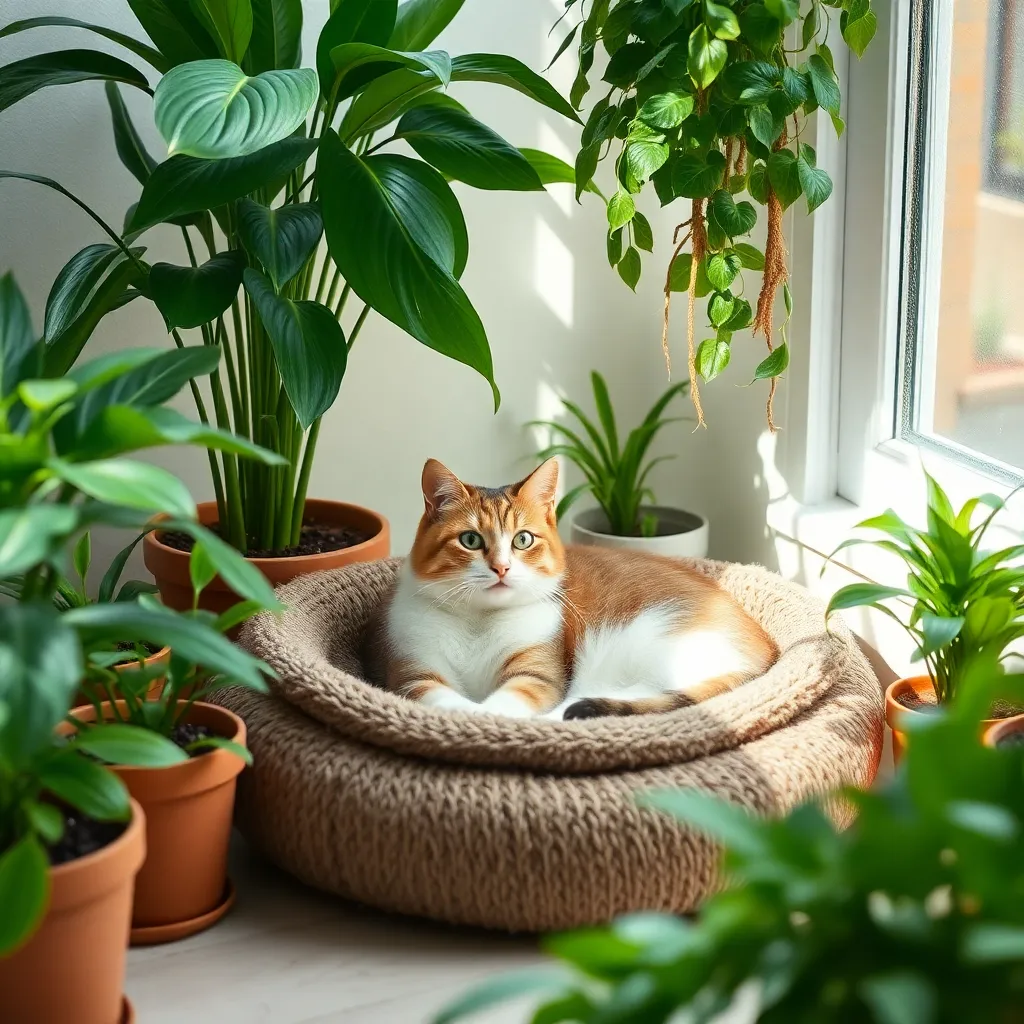
Understanding Your Cat’s Needs:
Before diving into specifics, it’s crucial to understand your cat’s personality and preferences. Is your cat shy and prefers quiet corners, or is it playful and energetic? Observing your cat’s behavior will guide you in creating a space that caters to their individual needs. A shy cat might appreciate a secluded den, while an active cat may benefit from a climbing structure and interactive toys.
The Power of Plants:
Certain plants offer both aesthetic appeal and enrichment for your cat. However, cat safety is paramount. Many common houseplants are toxic to cats. Opt for cat-safe plants like catnip ( Nepeta cataria), cat grass (various types of grasses), and spider plants (Chlorophytum comosum). These plants offer mental stimulation, satisfying their natural instinct to graze and play. Remember to research thoroughly before introducing any plant into your cat’s environment.
(Image 2: A close-up of a cat playfully interacting with a catnip plant. Style: Vibrant and playful, showcasing the cat’s joyful expression.)
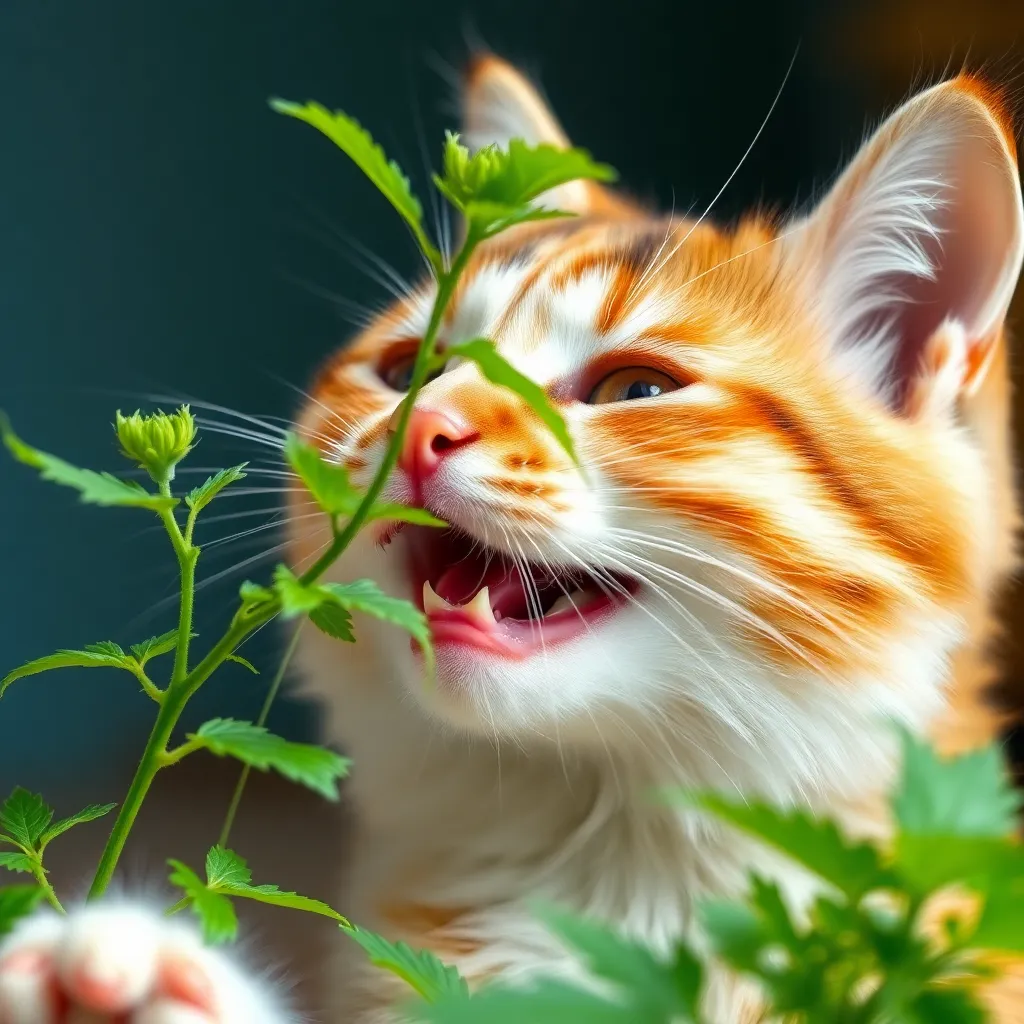
Natural Toy Selection:
Avoid plastic toys and opt for natural toys made from materials like wood, sisal, or cardboard. These offer a different texture and feel compared to synthetic toys, stimulating your cat’s senses. Consider providing a variety of textures: soft fabrics for cuddling, rough surfaces for scratching, and crinkly materials for playful exploration. DIY cat toys are easy to create using recycled materials like toilet paper tubes or empty cardboard boxes.
(Image 3: A collection of natural cat toys: a sisal scratching post, a cardboard tunnel, and a wooden toy mouse. Style: Clean and organized, highlighting the natural materials.)
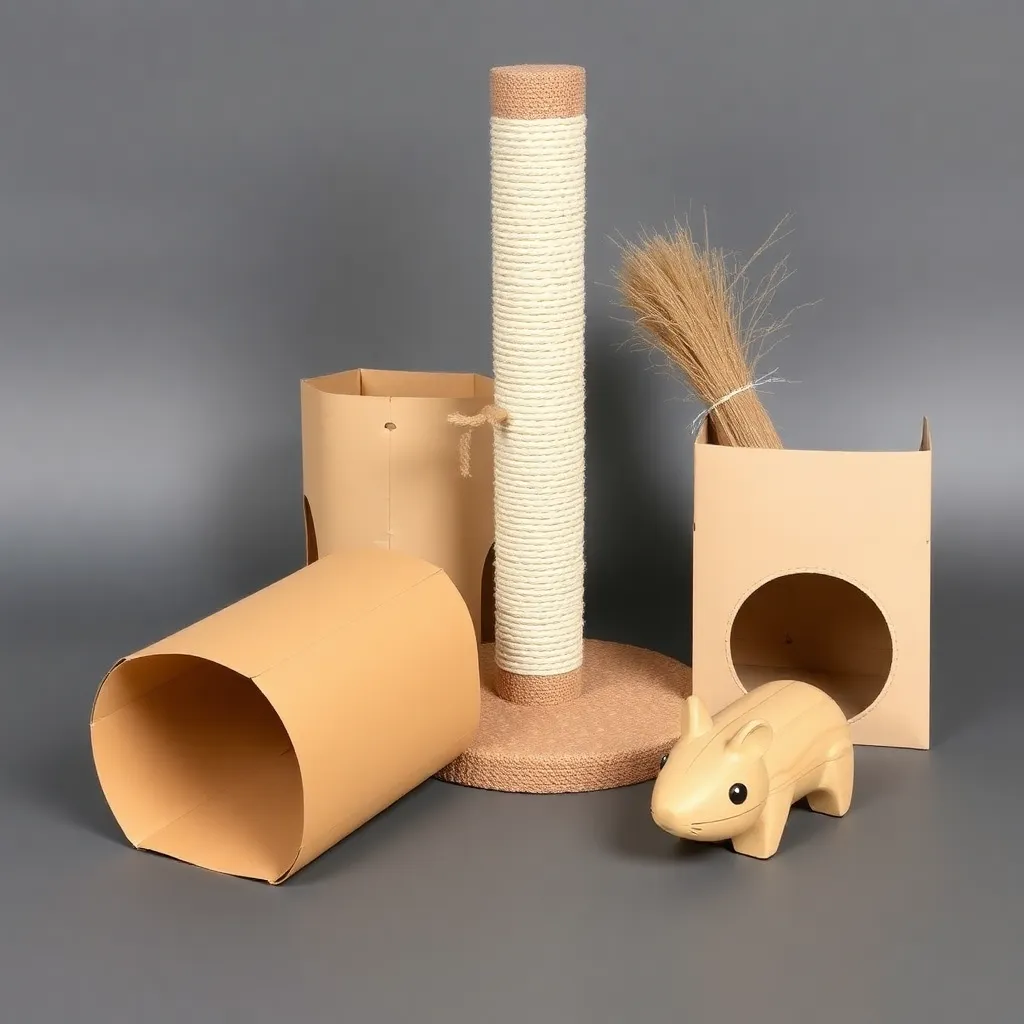
Creating a Safe and Enriching Space:
- Vertical Space: Cats love to climb. Include cat trees, shelves, or window perches to allow your cat to explore their environment from different heights. This provides a sense of security and allows them to survey their territory.
- Scratching Posts: Essential for maintaining your cat’s claws and preventing them from scratching furniture. Choose posts made from sisal or other natural materials.
- Hiding Places: Cats need places to retreat and feel safe. Provide hiding spots like cardboard boxes, cat caves, or tunnels.
- Lighting: Natural light is beneficial for cats. Position their resting areas near windows to allow them to enjoy sunlight.
- Temperature: Ensure a comfortable temperature in your cat’s space. Avoid drafts and extreme temperatures.
- Scent: Cats are sensitive to scents. Use calming essential oils (always research cat-safe oils before using) or natural air fresheners. Avoid strong artificial fragrances.
Enhancing the Space with Natural Elements:
Consider incorporating natural materials like wood, wicker, and bamboo into your cat’s environment. These materials offer a visually appealing and tactile experience for your cat. A woven basket can serve as a cozy bed, while a wooden perch provides a secure vantage point. Remember to thoroughly clean and maintain these materials to ensure hygiene.
(Image 4: A cat relaxing in a woven basket placed near a window, with sunlight streaming in. Style: Calm and serene, focusing on the cat’s relaxed posture.)
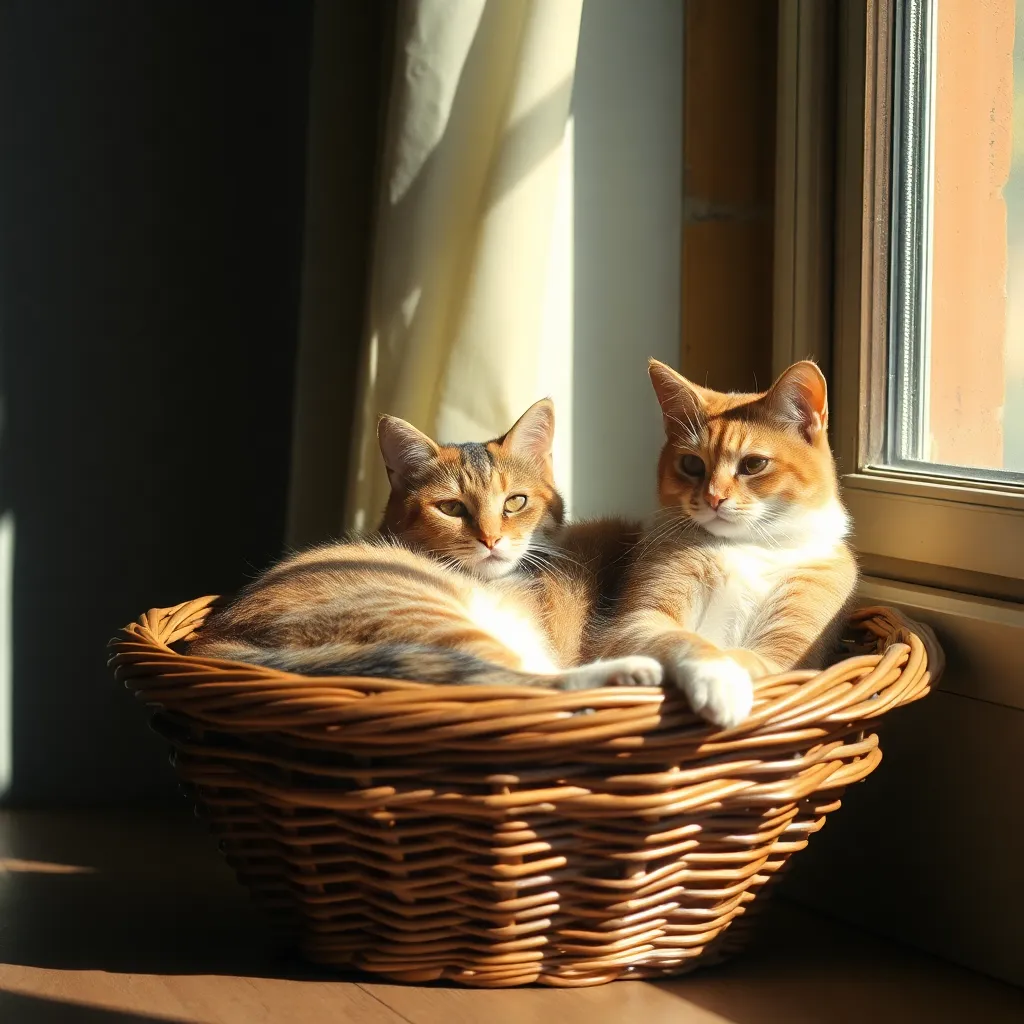
Finding the Perfect Cat Supplies:
For high-quality, natural cat supplies, check out this link for a curated selection of products: https://amzn.to/3Vj3OPx
Keywords: Indoor cat enrichment, cat-safe plants, natural cat toys, DIY cat toys, cat scratching posts, vertical space for cats, cat hiding places, calming environment for cats, natural materials for cats, cat safety, stress-free cat environment, cat behavior, cat enrichment ideas.
FAQ:
- Q: Are all plants safe for cats? A: No, many common houseplants are toxic to cats. Always research the safety of any plant before introducing it to your cat’s environment.
- Q: How often should I replace my cat’s toys? A: Regularly inspect toys for damage and replace worn-out or broken items. Offer a variety of toys to keep your cat stimulated.
- Q: My cat seems stressed. What can I do? A: Create a safe and enriching environment as described in this article. Consult a veterinarian if stress persists.
- Q: What are some good cat-safe essential oils? A: Research carefully before using essential oils around your cat. Some options that are sometimes suggested (but always verify safety first!) include lavender and chamomile, but use them sparingly and ensure proper ventilation.
This comprehensive guide provides a solid foundation for creating a safe, stimulating, and enriching environment for your indoor cat using natural elements. Remember that every cat is unique, so observe your feline friend’s behavior and preferences to tailor their space to their specific needs. By focusing on natural materials and thoughtful design, you can create a true haven for your beloved companion.
Share this content:



